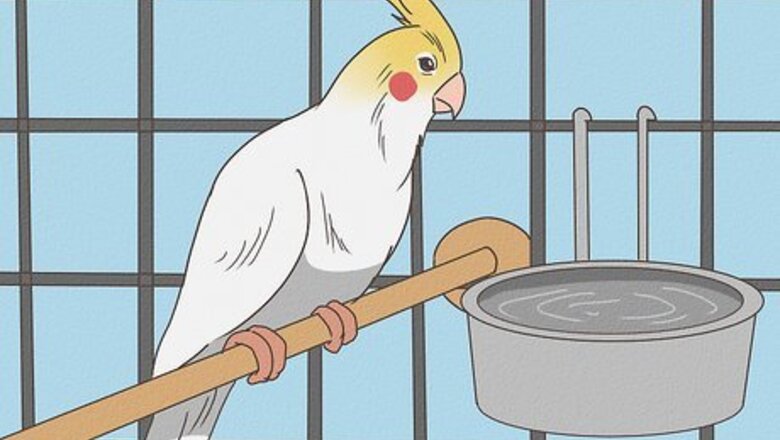
views
X
Research source
First, you’ll have to trim the bird’s nails. You can trim your cockatiel’s nails once a month or as necessary. Second, you’ll have to trim the bird’s wing feathers, usually about twice each year. While these grooming tasks seem simple, they are best left up to qualified professionals. Finally, you’ll need to keep the cockatiel clean by washing it regularly.
Keeping Your Cockatiel Clean
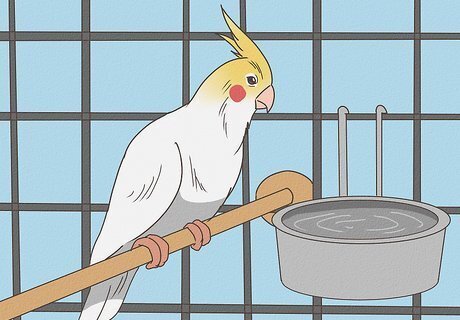
Provide a small dish for the bird to clean itself. Birds often enjoy bathing themselves and keeping clean. Offer your bird a small dish or bowl filled halfway with lukewarm, chlorine-free, filtered water. Use a ceramic bowl; the heavier weight will prevent the bird from spilling it or knocking it about. Remove and clean the dish when the cockatiel has completed its grooming routine.

Bathe the bird under running water. Instead of providing a small dish for your cockatiel to clean itself, you can place your bird in the sink of your kitchen, or place it beneath the bathroom shower. Attach a shower perch to the side of the shower or sink and sit your bird on it. If you place the cockatiel in the sink, it helps if the sink head has a multi-stream spray option which mimics the expulsion of water from a showerhead. If it does not, simply turn the faucet on so that a steady stream of lukewarm water comes out. In either case, bathe the cockatiel well by moving the faucet over and around the it on all sides. If you opt to wash the cockatiel in the shower, remove the shower head. If your shower head is not removable, move the shower perch into and through the water. The cockatiel should be wet all over. Do not open the faucet so far that the force of the water is excessive or the bird will be unable to clean itself. After the bath, replace your bird in its cage and allow it to preen itself. After the cockatiel has completed its grooming routine, replace it in its cage and disinfect the sink. Use a solution of one part bleach to ten parts water. Alternately, you could poor boiling water over the surface of the sink. Be sure to remove sink mats, dish drainers and other objects which may have been contaminated by your bird’s cleaning in the sink.
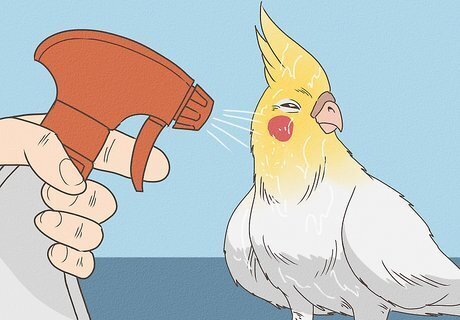
Mist the bird with a squirt bottle. A third option for cleaning your cockatiel is to obtain a squirt bottle of average proportions. Fill it with filtered, chlorine-free, lukewarm water. Adjust the nozzle such that when the handle is depressed, it emits not a single long squirt, but a fine mist. From a distance of nine to twelve inches, aim the nozzle in the bird’s direction and depress the handle two or three times. The bird will then be able to groom itself. Cockatiels enjoy being sprayed with the misting bottle. It allows grease and oils to run off their feathers.
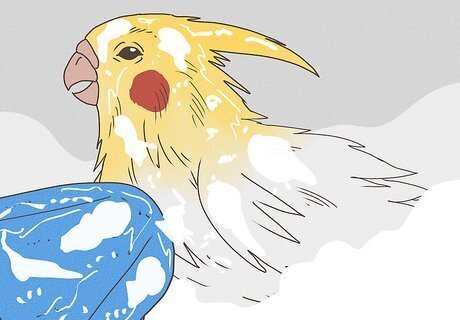
Do not use soap when washing your bird. Human shampoo and soap can take away your bird's powder down, and result in unhealthy plumage. Antibacterial soaps, furthermore, are toxic to birds. Never use antibacterial soaps on or around birds, including when washing their cages or toys. Unless your cockatiel gets oil or other toxins on it, do not use soap when washing. If your bird does require soap, use a mild glycerin soap and rinse it thoroughly. Wash the bird’s body only, not its face. Set your bird in a deep dish or tub filled with soapy water up to its chest and scrub gently.
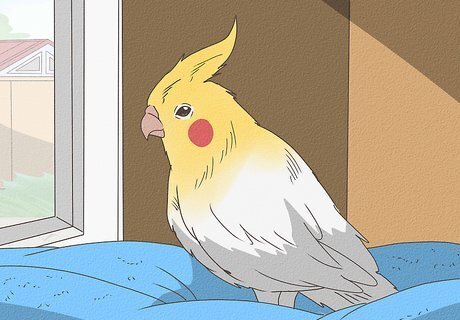
Let your cockatiel dry. Your cockatiel should be allowed to dry in the air naturally. Unless the weather is very warm, keep the windows closed to ensure your cockatiel doesn’t catch a chill. For the same reason, you should always bathe your cockatiel in the morning, not at night. You might want to move its cage close to a sun-lit window or provide a bird lamp for your cockatiel to accelerate the drying process. Do not use a blow-dryer on your cockatiel, as many blow-dryers contain nonstick coating on their heating coils, which can be toxic to birds.
Checking the Nails

Check the length of the cockatiel’s nails. Generally, the nails are too long if the toe is unable to make full contact with the ground when the cockatiel is placed on a flat surface. Another way to evaluate whether the nails are too long is to pay attention to the feeling of the bird’s nails when they perch on your hand or arm. If the nails are so sharp that they cut, scratch, or cause pain in your arm, it’s time to get them trimmed.
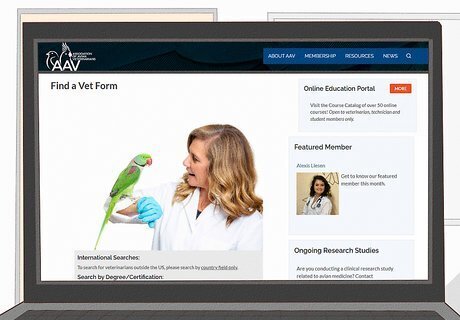
Have the nails trimmed by a vet or trained professional. Before doing it yourself, it will help to see a pet shop employee or veterinarian trim your cockatiel’s nails. This way, you’ll know how to properly trim them when you try it yourself. Even if you can’t be present to see hem actually do it, it will help to observe the length of the nails before and after being trimmed. You can use these measurements to get an idea of how long the nails should be in the future. A list of cockatiel breeders is available at https://www.beautyofbirds.com/cockatielbreeders.html. Some cockatiel breeders offer grooming services. A list of avian vets is available through the Association of Avian Veterinarians at https://www.aav.org/search/custom.asp?id=1803.
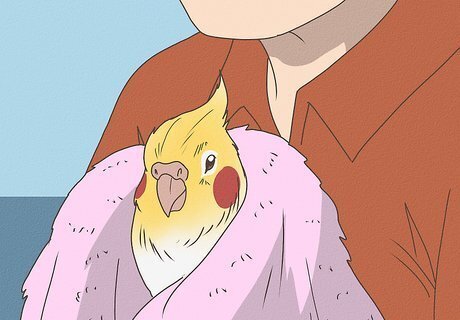
Get a friend to hold the bird steady for you. The trimming is much easier when you have a partner. Your partner should wrap the bird in a small towel to prevent it from flapping and moving too much when it’s having its nails trimmed.
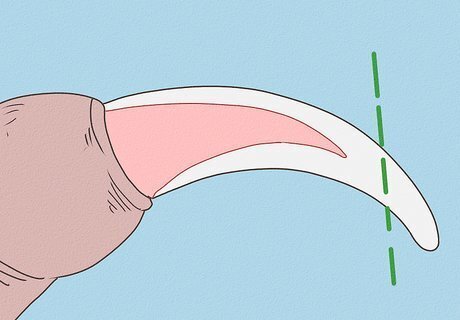
Look for the quick. The quick is a fine blood vessel that runs through the center of the nail. While it’s easy to spot in lutinos and light-colored cockatiels, it can be harder to see in gray-footed cockatiels, or those with dark toenails. Cutting the quick will result in a dangerous, bloody mess on your cockatiel’s foot. If you cannot see the quick, consider having a specialist cut the bird’s nails, or err on the side of caution when cutting the cockatiel’s nails. If you accidentally cut the quick, check the severity. Sometimes a small cut will stop quickly after a few drops of blood are spilt. Have some styptic sticks on hand as part of your cockatiel first-aid kit. Styptic sticks are agents which promote hemostasis (the process by which bleeding stops) and are available at pet stores. If you do not have any styptic sticks and the bleeding is profuse, dip the bleeding foot in cornstarch or flour to staunch the flow.
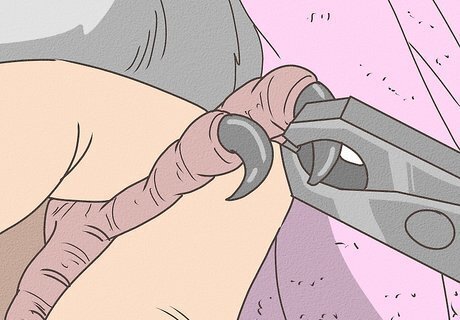
Clip carefully. Cockatiel nails can be clipped with a regular nail clipper, but these might be too large and make the task more difficult than it need be. Instead, try a baby nail clipper or a specially-designed nail clipper for birds and cats. These are available at pet stores or online. Do not cut the quick when clipping.
Clipping Your Cockatiel’s Wings

Decide if it is necessary to clip the cockatiel’s wings. There are several reasons why you might clip your cockatiel’s wings. Maybe you think it a matter of course to clip your pet cockatiel’s wings. You might want to prevent the bird from escaping or limit its ability to fly about the house. However, you can use caution to keep your bird inside by, for instance, investing in a spacious cage and closing the door when you let your cockatiel explore the room or house it lives in. You can also engage in training to ensure the bird flies in only certain areas or certain ways. While clipping the wings is not hard, it can limit a bird’s ability to stay healthy and fit. Feathers which have been clipped might not re-grow properly and the bird could develop behavioral problems. Furthermore, it may leave them in danger if they are ever in a situation where escape is necessary, such as an encounter with another pet. Therefore, carefully consider if clipping the wings is a good choice for your bird.

Have your vet or a trained professional clip your bird’s wings. The best option when getting your cockatiel’s wings clipped is to have someone do it who know what they’re doing. It is a delicate procedure and can end badly if the wings are clipped too close, or the wrong feather is cut. If you do not feel like dropping the money on it, at least watch your vet or a trained professional clip your bird’s wings before attempting to do so yourself. Carefully observe their behavior and make a video recording of the clipping for later reference.

Do not cut a blood feather. Blood feathers, also called pin feathers, are feathers just starting to grow. They carry a large blood supply since they are still growing. If cut, they will bleed profusely. To avoid cutting a blood feather, check the shaft. The shaft of a blood feather will be dark due to the blood within; the shaft of a mature feather will be white. Identify the shaft of each feather you intend to cut. If you have trouble identifying the shaft, soak the wings in a mix of water and alcohol. Move other feathers out of the way while examining a particular feather.
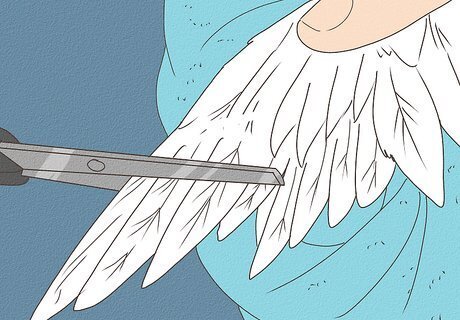
Administer a light but even clipping to your cockatiel. Use cat claw clipper, dog nail clippers, and bird claw clipper to clip your cockatiel’s feathers. Clipping six to eight primary feathers from each of your cockatiel’s wings is usually sufficient. The primary feathers are those closest to the wing tips, and can be distinguished from secondary feathers by observing a fully outstretched wing. Look closely at the wing and you’ll notice a slight inward dip in the bottom of the feather line. This line serves as the natural dividing point between primary and secondary feathers. Have a friend hold the cockatiel. It helps to wrap it gently in a towel. Slowly extend the wing whose feathers you want to cut. Begin cutting at the tip of the wing. Cut all the feathers which you want trimmed on one wing before moving to the next. Cut the same feathers in equal amounts on each wing. Do not clip more than ten primary feather’s from a cockatiel’s wings. Do not clip your bird’s wings with scissors. Do not clip any secondary feathers. Your clipping should allow the bird to fly down from a perch or cage but should be unable to fly up. If your bird can do neither -- or both -- successfully, you may need to revise your clipping technique with the help of a qualified professional.
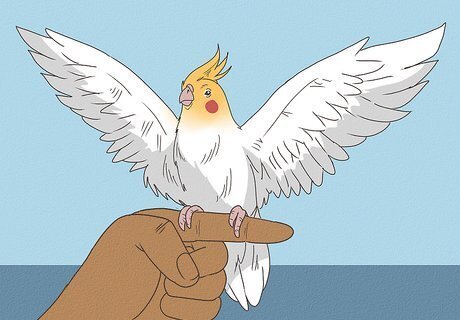
Avoid doing a one-wing clip. The one-wing clip is, as its name suggests, a clip performed on only one wing, with the aim of unbalancing the bird’s path of flight. It has been described as crude and cruel, and is not advised since it can threaten the safety and life of the cockatiel. When birds realize that their plumage is unbalanced, it might inspire them to start plucking their own feathers, a behavior which can be difficult to correct. To execute a one-wing clip, simply follow the same directions as you would would to clip both your bird’s wings, but apply the clipping pattern to only one wing.










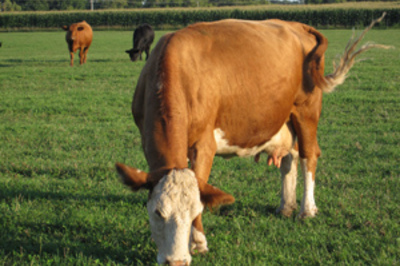




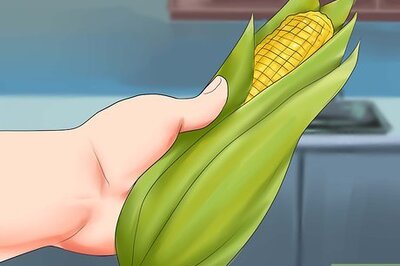



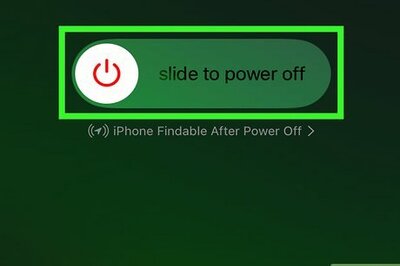
Comments
0 comment